Choosing the installation site
The installation site must be free of any obstacles. In other words, no masks that could prevent or attenuate GNSS signal reception or cause multipath. Generally, the GNSS antenna is installed on an open mountain site or solidly fixed to the roof of a permanent building. In other words, a building that does not have any unusual movements due to tectonic or climatic movements. (This excludes buildings with sheet metal structures, for example, which deform with changes in temperature)
The antenna site has a clear 360° horizon, above an elevation angle of 5°. Some GPS stations used for geodesy applications have their own infrastructure. This is to ensure that no movement linked to the environment interferes with data acquisition. In France, this is the case for RENAG stations, and internationally for UNAVCO network stations.

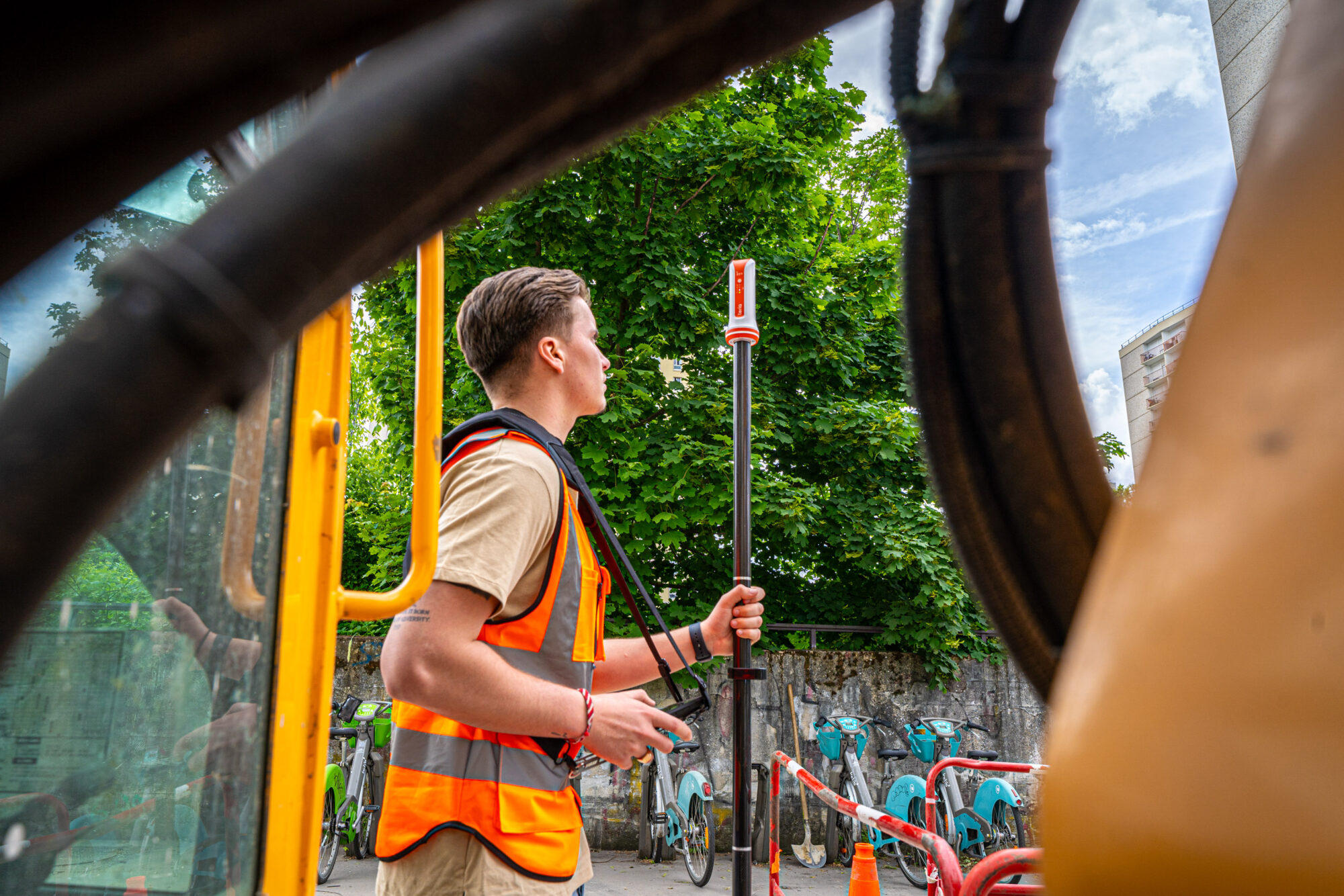
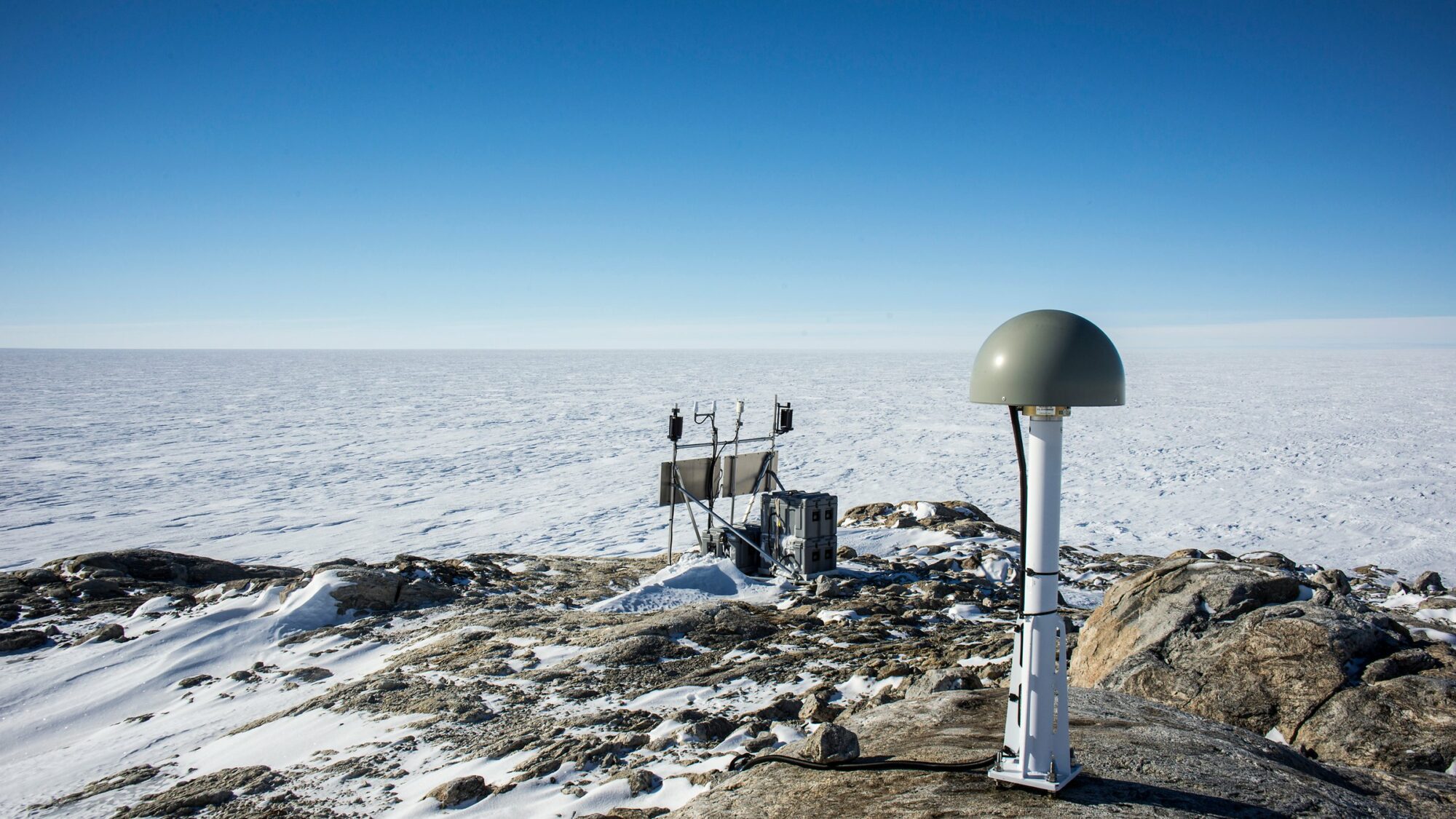

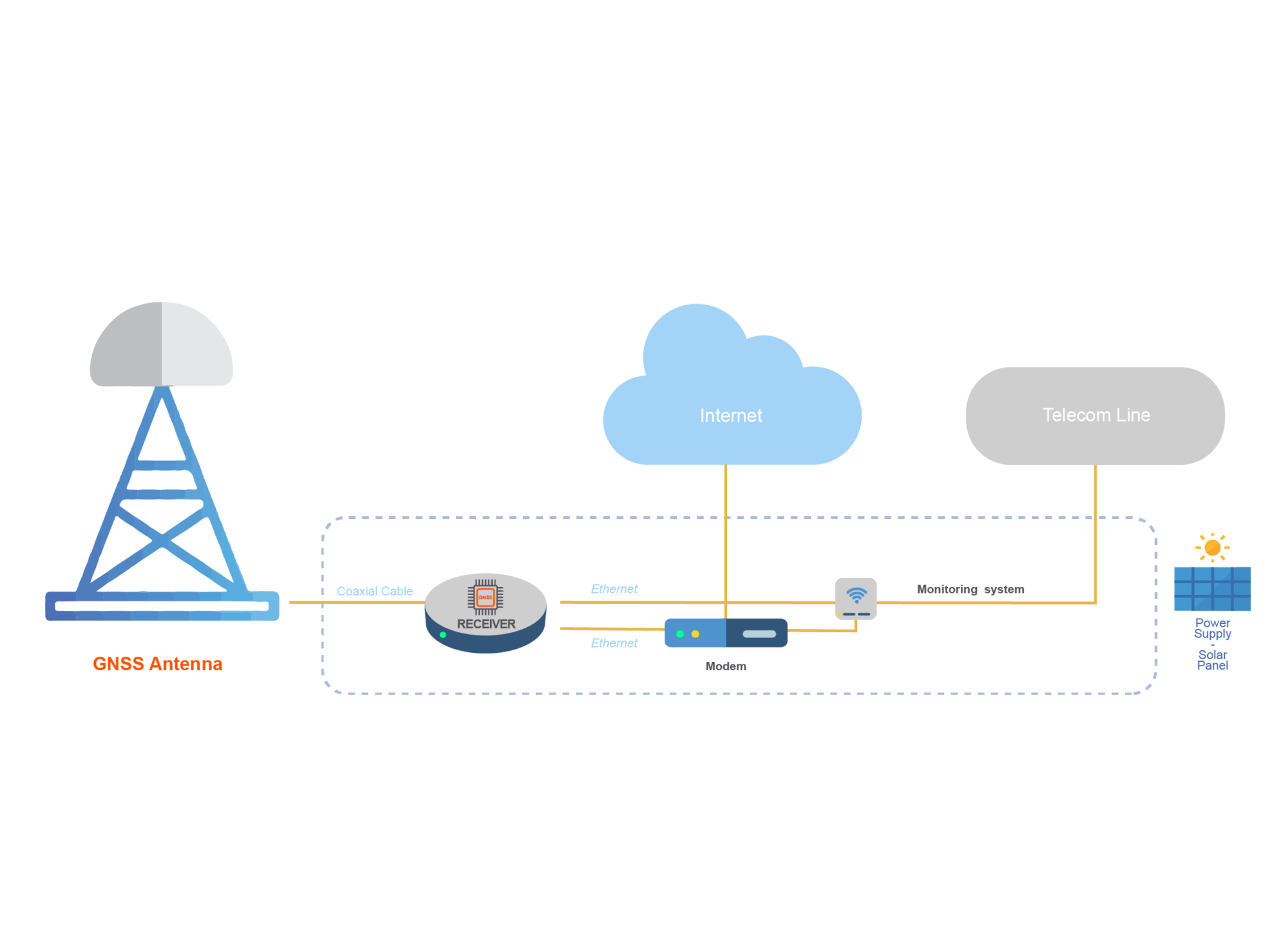



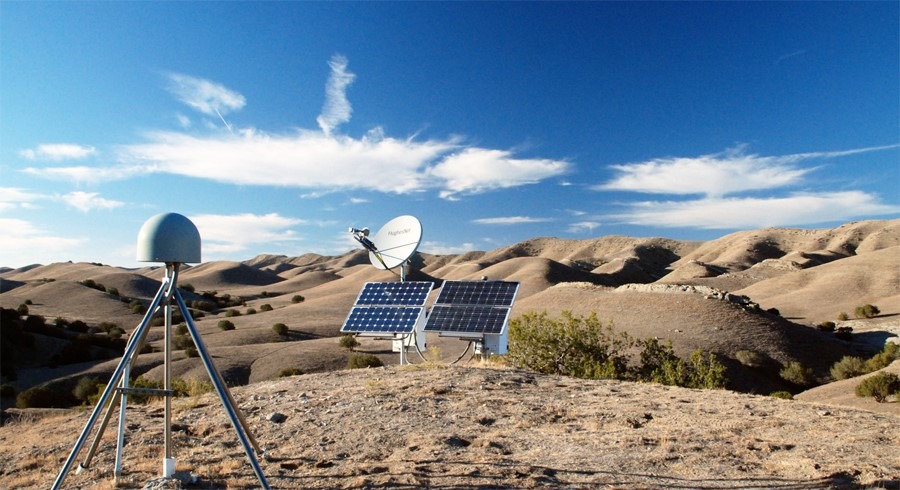




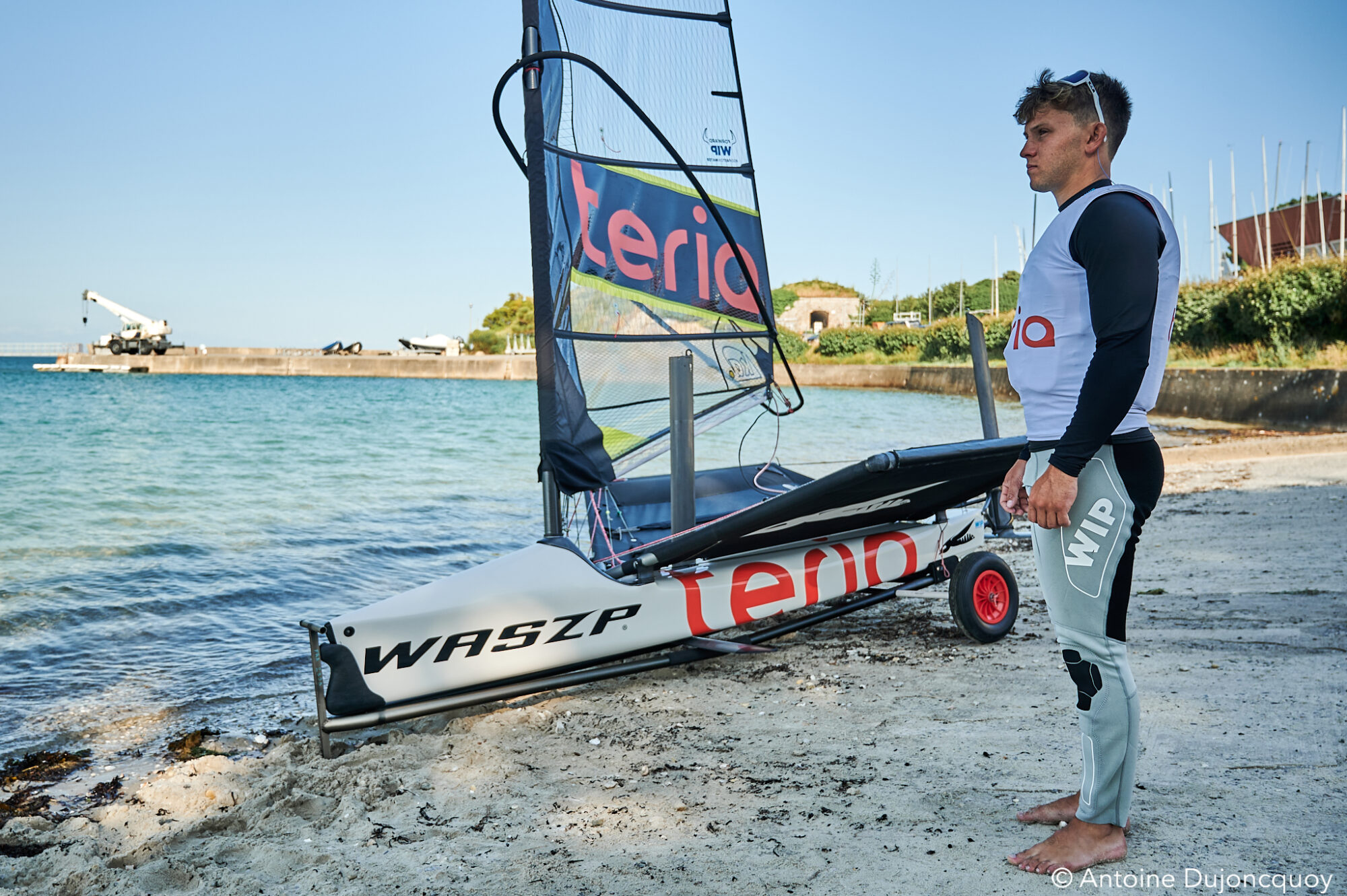

Did you enjoy this article?
Feel free to share it.